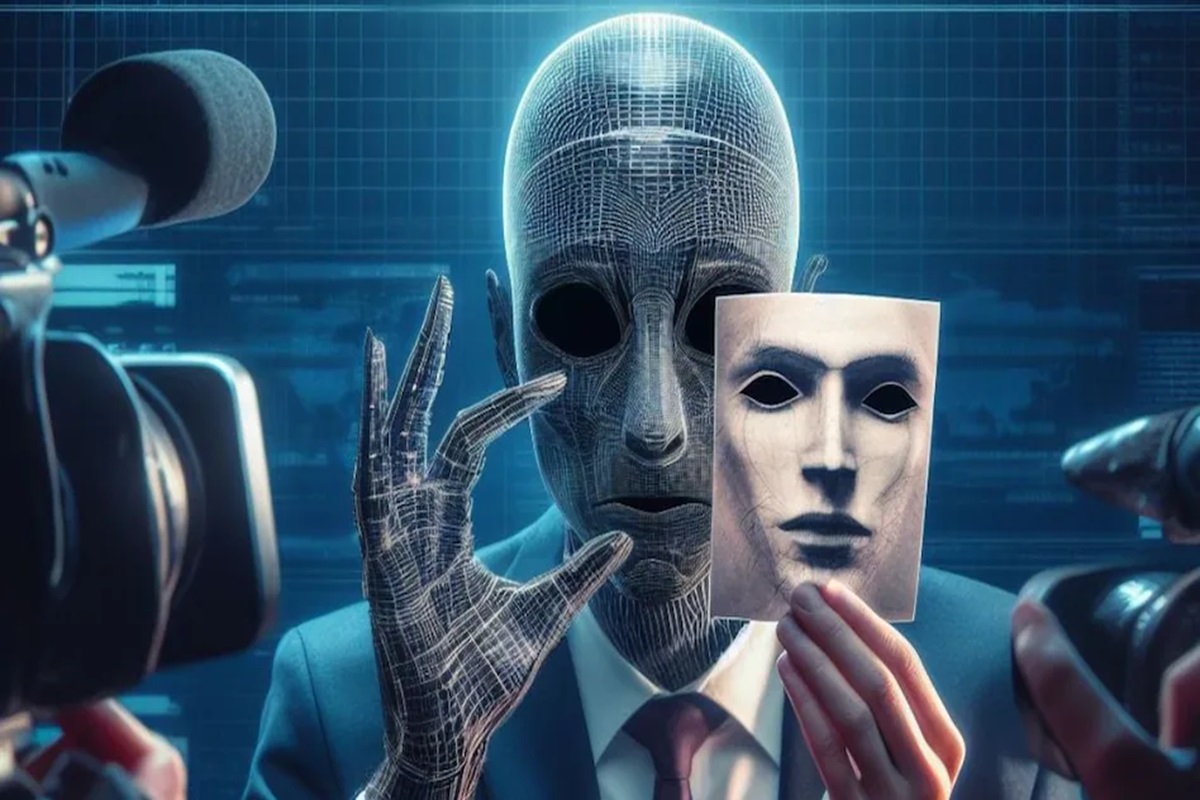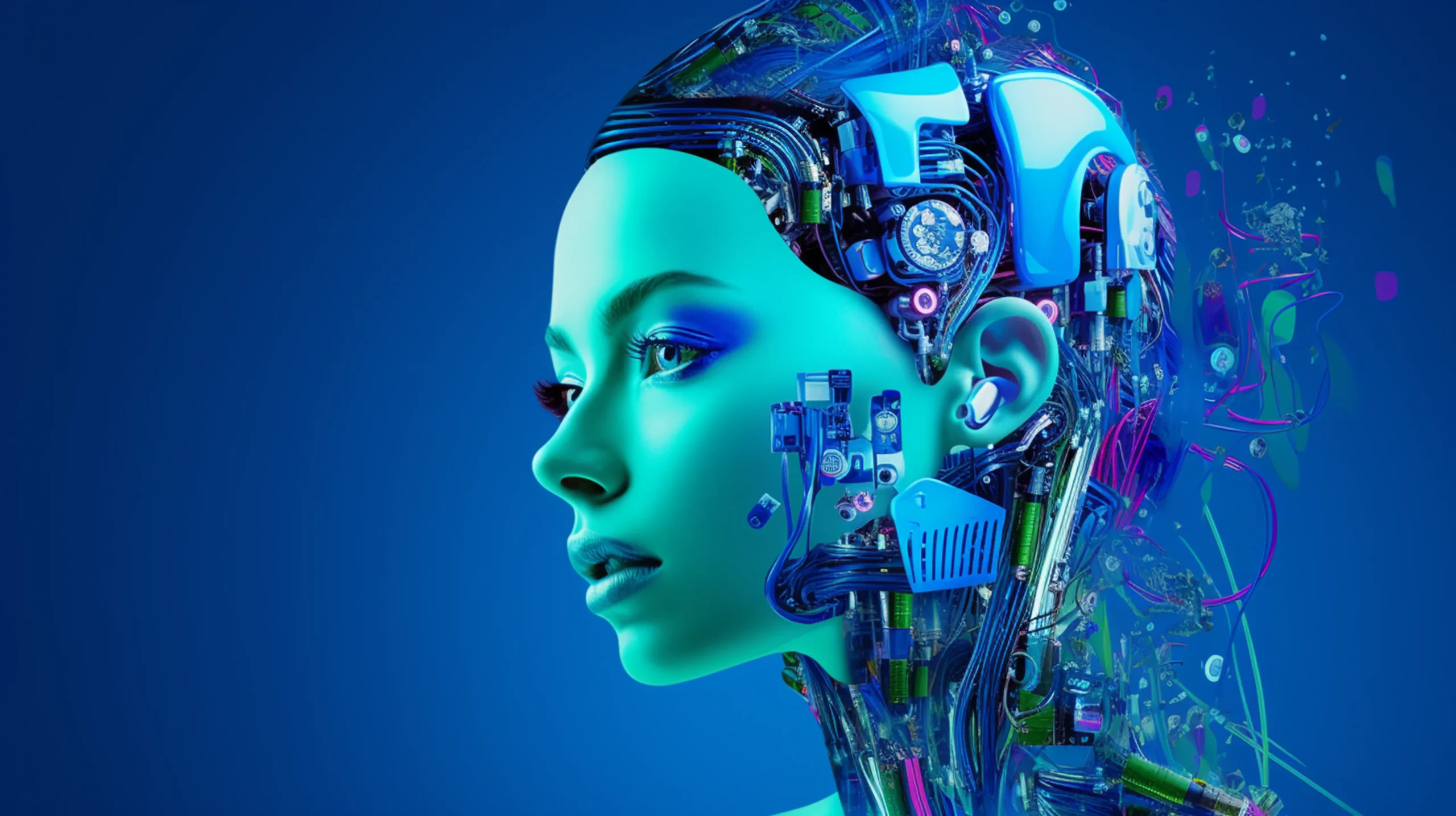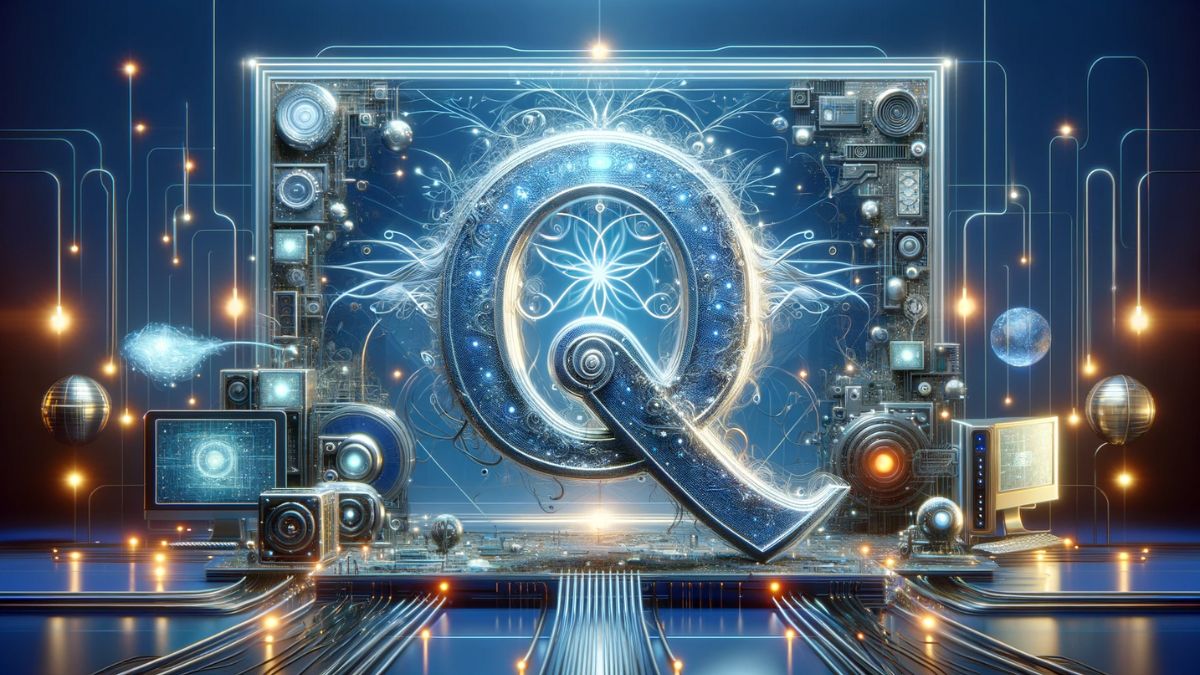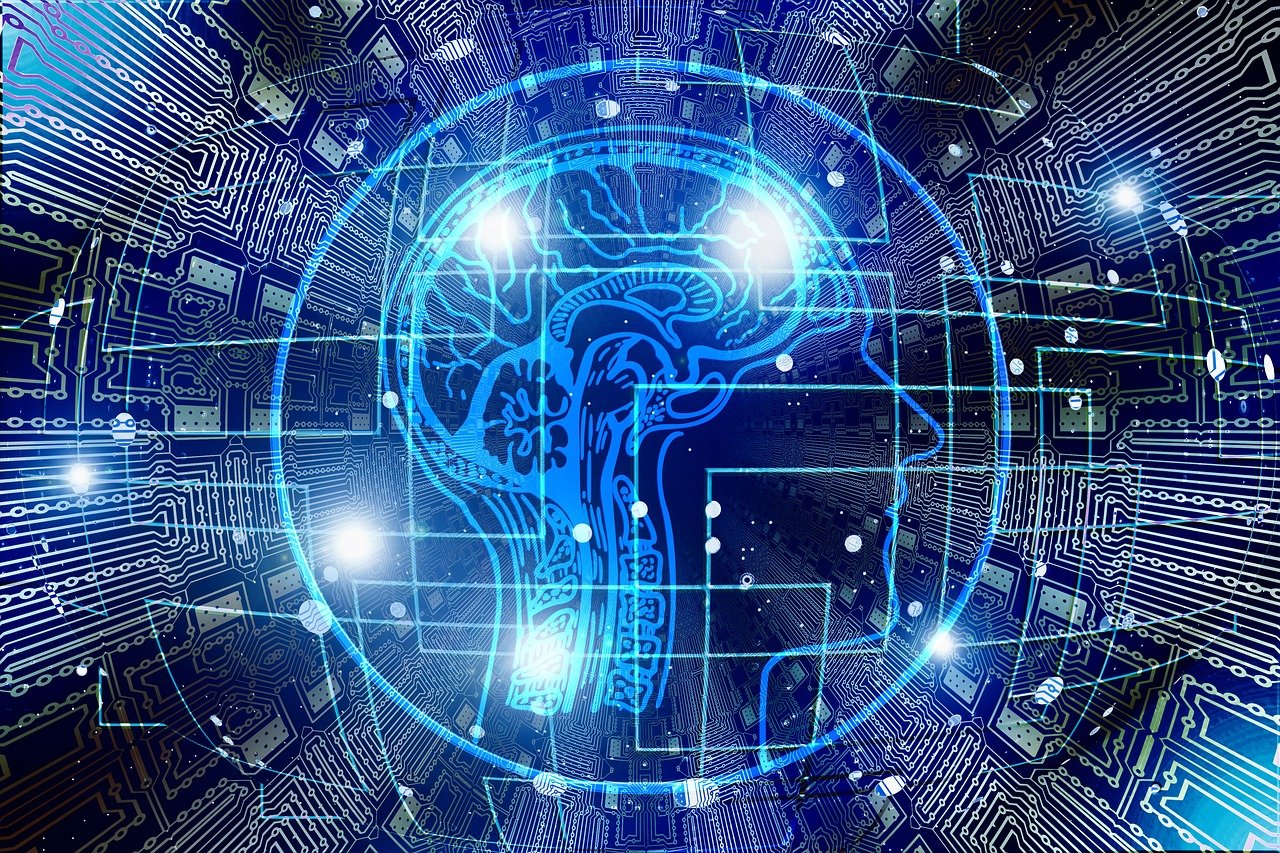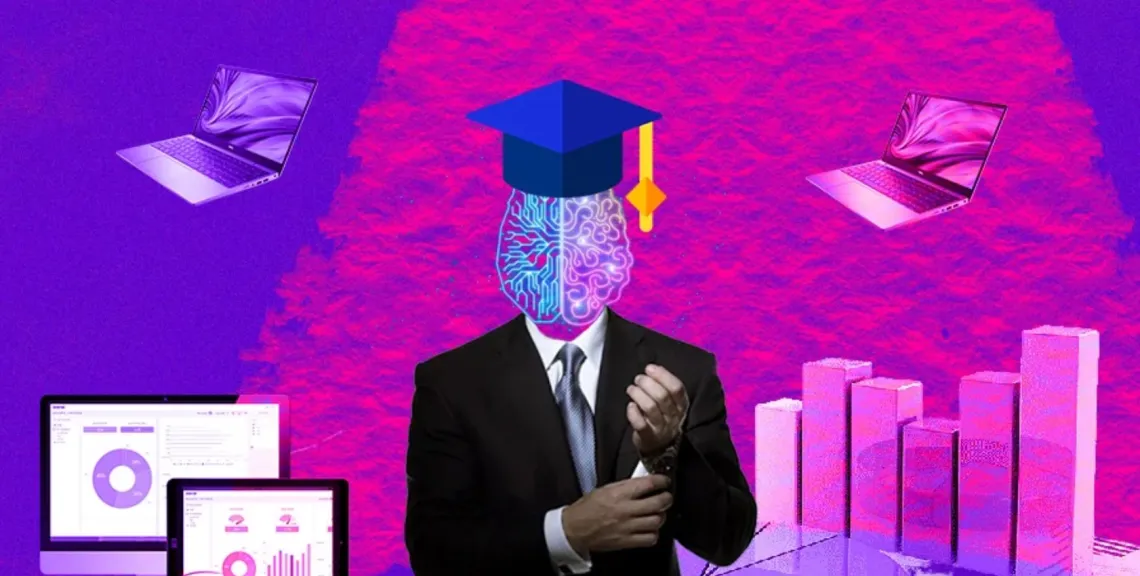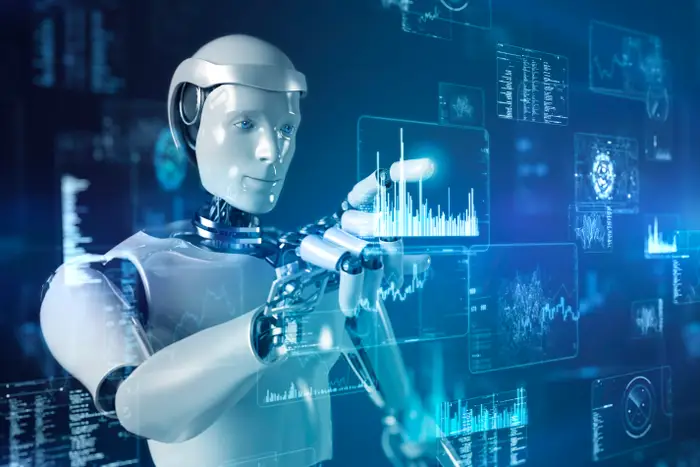In the world of creative writing, exciting opportunities have emerged with tools like Google Bard and ChatGPT. This guide aims to make it easy for you to use these advanced language models for enhancing your writing. These tools, powered by artificial intelligence, can help spark ideas, build captivating stories, and refine your language use. Let’s explore step by step how you can make the most of Google Bard and ChatGPT, ushering in a new era of creativity and storytelling.
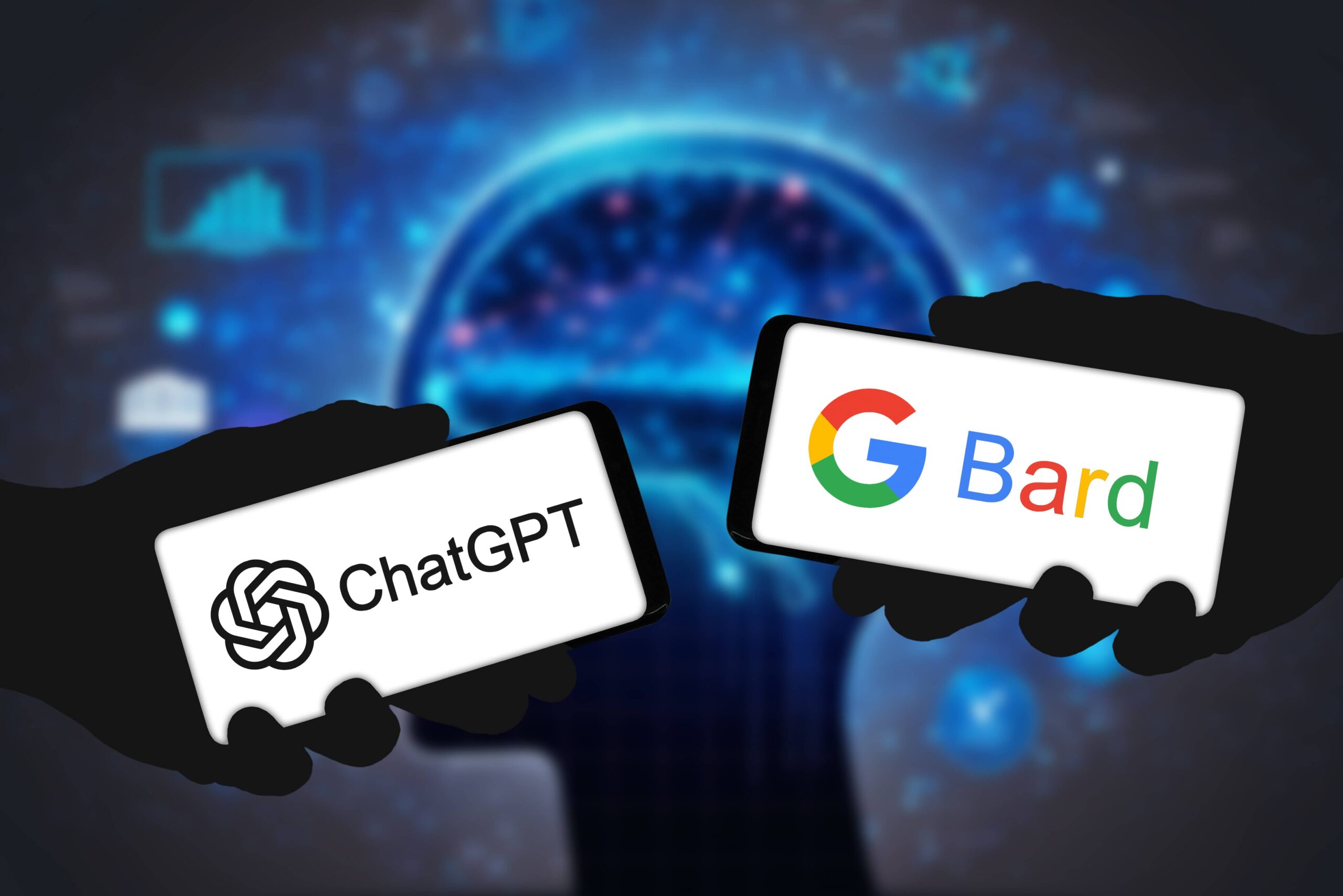
Google Bard is great at understanding complex prompts, generating creative text, and providing detailed answers. It can use its vast knowledge to include real-world information in its writing. ChatGPT excels in adapting to different writing styles, creating engaging dialogue, and portraying realistic characters. It’s a valuable asset for crafting captivating narratives. To use Google Bard and ChatGPT together effectively, it’s important to know when to use each one. Clearly define their roles based on their strengths to make their collaboration seamless.
Here’s a suggested breakdown:
Brainstorming and Idea Generation:
– Use Google Bard to generate creative text formats like poems, scripts, or musical pieces to spark initial ideas.
Research and Information Gathering:
– Tap into Google Bard’s vast knowledge base for research and gather information to ensure accuracy in your writing.
Character Development and Dialogue:
– Let ChatGPT take over for crafting engaging dialogue and developing characters, adding life to interactions.
Plot Development and Narrative Structure:
– Leverage ChatGPT’s storytelling skills to refine the plot, establish narrative arcs, and introduce captivating twists.
Prose Style and Language Refinement:
– Engage ChatGPT to adapt writing styles, ensuring consistency and coherence in your prose.
By creating a structured workflow like this, you streamline the collaboration between Google Bard and ChatGPT, making sure they contribute effectively to your creative process. Working with Google Bard and ChatGPT is like exploring a vast universe of creative potential. This collaboration offers you a chance to dive into new imaginative territories, polish your writing skills, and create captivating literary pieces. To make the most of this partnership, understand the unique strengths of each tool and integrate them seamlessly into your writing process.
